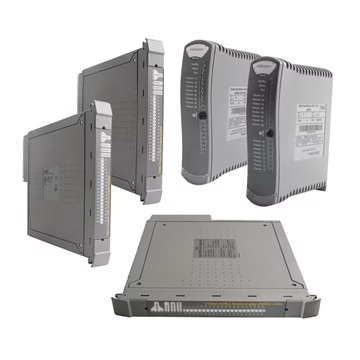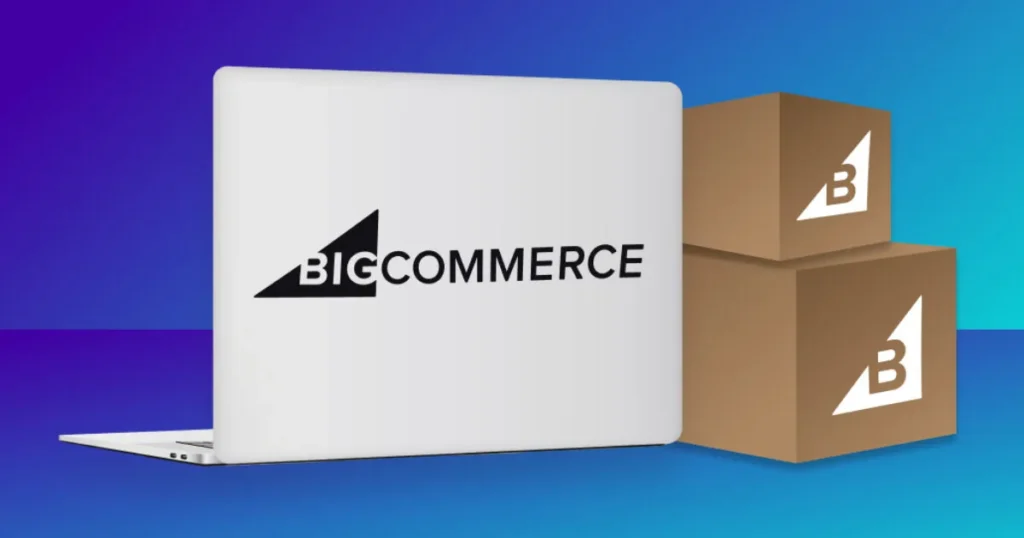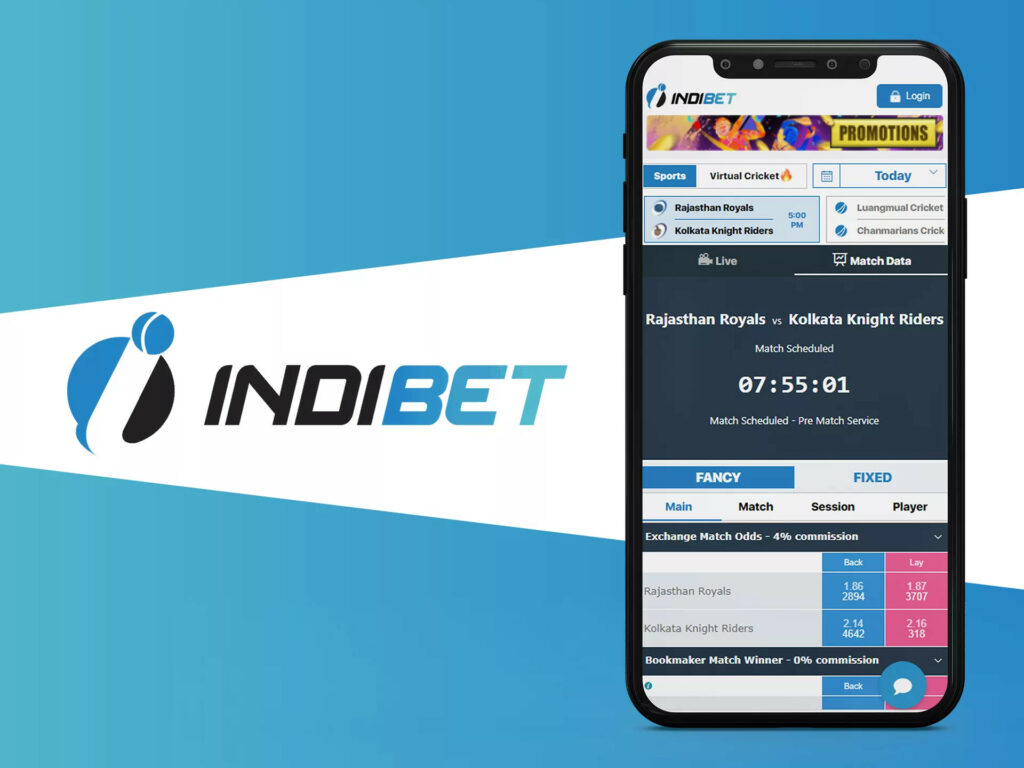In today’s industrial landscape, control system parts form the backbone of manufacturing operations, automation processes, and critical infrastructure management. As businesses increasingly rely on sophisticated control systems to maintain operational efficiency, the need for reliable suppliers who can deliver quality components through secure and transparent transactions has never been more important. The payment procedures employed by top-tier suppliers play a crucial role in establishing trust, ensuring timely delivery, and protecting both parties from financial risks.
This article explores the payment procedures used by leading control system parts suppliers, with particular attention to industry standards and best practices. Understanding these procedures is essential for procurement managers, maintenance teams, and business owners who need to establish reliable supply chains while safeguarding their financial interests. We’ll examine the various payment methods available, the security measures that protect transactions, and practical steps to navigate the purchasing process efficiently. Whether you’re a first-time buyer or an experienced procurement professional, this comprehensive guide will help you make informed decisions when sourcing critical control system components.
Introduction to Control System Parts
Control system parts are specialized components that enable automated monitoring, regulation, and operation of industrial processes and machinery. These components include programmable logic controllers (PLCs), human-machine interfaces (HMIs), sensors, actuators, motor drives, relays, and communication modules that work together to create integrated automation solutions. In modern manufacturing facilities, these parts control everything from assembly line operations to temperature regulation in chemical processes, ensuring consistent output quality and operational safety.
The reliability of control system parts directly impacts production efficiency and equipment longevity. When a critical component fails, it can halt entire production lines, resulting in significant financial losses and delayed deliveries. This makes selecting the right supplier crucial for maintaining continuous operations. Top suppliers understand that businesses depend on rapid access to genuine parts, technical support, and transparent procurement processes. The payment procedures these suppliers implement reflect their commitment to customer service, as streamlined transactions reduce downtime and administrative burden. As industrial automation becomes increasingly sophisticated, the demand for dependable suppliers who can provide both quality components and efficient purchasing experiences continues to grow, making payment procedure transparency a key differentiator in the competitive control systems market.
The Role of Rockwell International
Rockwell International stands as one of the most recognized names in industrial automation and control systems, with a legacy spanning decades of technological innovation and manufacturing excellence. Through its Rockwell Automation division, the company has established itself as a comprehensive provider of control system components, offering everything from basic sensors to sophisticated integrated automation platforms. Their product portfolio includes the widely-adopted Allen-Bradley brand, which has become synonymous with reliability in programmable controllers, motor control devices, and industrial networking equipment. Manufacturing facilities across automotive, food and beverage, pharmaceutical, and energy sectors depend on Rockwell components to maintain critical operations.
The company’s market position extends beyond product quality to encompass comprehensive customer support and streamlined procurement processes. Rockwell has invested significantly in developing secure payment infrastructure that accommodates diverse customer needs, from small maintenance operations requiring individual components to large enterprises implementing facility-wide automation upgrades. Their payment procedures incorporate multiple transaction methods, transparent pricing structures, and robust verification systems that protect customer financial information while expediting order processing. This commitment to transactional efficiency reflects an understanding that downtime costs extend beyond equipment repair to include administrative delays. By establishing clear payment protocols, Rockwell enables procurement teams to quickly secure necessary parts without navigating complex approval processes. The company’s authorized distributor network further extends these standardized payment procedures globally, ensuring consistent purchasing experiences regardless of geographic location. This combination of technical expertise and operational transparency has solidified Rockwell’s reputation as a supplier that values both product performance and customer convenience in equal measure.
Importance of Secure Payment Procedures
Secure payment procedures serve as the foundation of trustworthy business relationships between control system parts suppliers and their customers. In an industry where transactions often involve substantial financial commitments for critical components, the security of payment processing directly affects a company’s willingness to engage with a supplier. When procurement teams know their financial data is protected through encryption, tokenization, and compliance with payment card industry standards, they can confidently complete purchases without concerns about data breaches or fraudulent activities. This security becomes particularly vital for businesses managing multiple vendors and processing numerous transactions monthly, as a single security lapse can compromise sensitive corporate financial information.
Beyond protecting financial data, secure payment procedures provide accountability and transparency that benefit both parties throughout the transaction lifecycle. Detailed payment records create an auditable trail that simplifies reconciliation, dispute resolution, and financial reporting. For suppliers, secure systems reduce chargeback risks and payment fraud, protecting revenue streams and maintaining healthy cash flow. For buyers, these procedures ensure accurate invoicing, prevent unauthorized charges, and provide documentation needed for budget tracking and compliance audits. The implementation of secure payment protocols also demonstrates a supplier’s commitment to professional standards and regulatory compliance, factors that increasingly influence vendor selection decisions. Companies operating in regulated industries particularly value suppliers who maintain rigorous payment security, as it reduces their own compliance burden and liability exposure. Ultimately, secure payment procedures transform transactions from potential vulnerability points into competitive advantages that strengthen supplier-customer partnerships.
Overview of Payment Procedures
The payment procedure for control system parts typically follows a structured sequence designed to protect both supplier and customer while facilitating efficient transactions. The process begins when a buyer identifies needed components and submits a purchase request, either through the supplier’s online portal, authorized distributor, or direct sales representative. Once the order is confirmed and pricing is agreed upon, the supplier generates a formal quotation or proforma invoice detailing part numbers, quantities, unit costs, applicable taxes, and total amount due. This document serves as the contractual basis for the transaction and triggers the payment authorization process within the buyer’s organization.
After internal approval, the buyer selects from available payment methods and submits payment according to agreed terms, which may include immediate payment for stock items or deposit requirements for custom orders. The supplier’s system verifies payment receipt, processes the transaction through secure channels, and issues official confirmation along with expected delivery timelines. Throughout this process, automated notifications keep both parties informed of transaction status, while encrypted communication protects sensitive financial data. For established customers, suppliers may offer credit terms that modify this sequence, allowing shipment before full payment based on creditworthiness assessments. Regardless of the specific arrangement, clear documentation at each stage ensures accountability and provides reference points should questions arise during fulfillment or reconciliation phases.
Common Payment Methods
Control system parts suppliers typically accept several payment methods to accommodate diverse customer preferences and operational requirements. Wire transfers remain the most common method for large transactions, offering direct bank-to-bank transfers that provide security and clear documentation for both parties. This method works particularly well for international purchases, though processing times can range from same-day to several business days depending on banking institutions and geographic locations. Credit cards offer immediate transaction confirmation and are preferred for smaller orders or urgent purchases, with most suppliers accepting major commercial cards while implementing fraud detection systems to protect against unauthorized use.
Purchase orders coupled with net payment terms represent another prevalent method, especially among established customers with proven creditworthiness. Under this arrangement, suppliers extend credit allowing payment within specified periods—commonly net 30, 60, or 90 days—after invoice date. This approach improves cash flow management for buyers while requiring suppliers to assess credit risk carefully. Electronic funds transfer and automated clearing house payments provide cost-effective alternatives that combine the security of bank transfers with faster processing times. Some suppliers also accept letters of credit for substantial orders, particularly in international trade where this instrument provides payment guarantees that protect both parties. The choice of payment method often depends on order value, relationship history, urgency, and geographic considerations, with leading suppliers maintaining flexible systems that accommodate multiple options while maintaining consistent security standards across all transaction types.
Benefits of Secure Payment Procedures
Secure payment procedures deliver substantial benefits that extend beyond basic transaction protection, creating value for both suppliers and customers throughout the procurement lifecycle. For buyers, these procedures provide confidence when authorizing expenditures, knowing that financial credentials remain protected against unauthorized access and cyber threats. This security enables procurement teams to process urgent orders quickly without lengthy risk assessments, reducing the administrative time between identifying a need and securing necessary components. The documentation generated through secure systems also simplifies budget reconciliation and audit preparation, as every transaction creates verifiable records that satisfy internal controls and regulatory requirements. When disputes arise regarding pricing or delivery terms, these detailed records provide objective evidence that facilitates rapid resolution without damaging business relationships.
Suppliers gain equally important advantages from implementing robust payment security measures. Reduced fraud exposure protects revenue and minimizes losses from chargebacks or disputed transactions, improving overall profitability. The efficiency of automated secure payment systems decreases manual processing costs while accelerating cash conversion cycles, allowing suppliers to reinvest in inventory and service improvements more quickly. Perhaps most significantly, demonstrated commitment to payment security serves as a competitive differentiator that attracts quality customers who prioritize risk management in their vendor selection criteria. Companies that consistently experience smooth, secure transactions develop loyalty that translates into repeat business and positive referrals within industry networks. This reputation advantage becomes particularly valuable in the control systems market, where technical expertise alone no longer suffices to distinguish suppliers in an increasingly crowded marketplace.
Challenges in Payment Procedures
Despite advances in payment technology, control system parts suppliers and their customers continue to face several challenges that can complicate transactions and strain business relationships. International transactions present particular difficulties, as currency exchange fluctuations can alter final costs between quotation and payment, creating budget discrepancies that require renegotiation or absorption by one party. Cross-border payments also involve varying banking regulations, longer processing times, and additional fees that may not be transparent upfront. Language barriers and time zone differences further complicate communication when payment issues arise, potentially delaying resolution and extending order fulfillment timelines.
Payment fraud and cybersecurity threats represent growing concerns as transaction volumes increase and attack methods become more sophisticated. Phishing schemes targeting procurement personnel, invoice manipulation, and credential theft can result in misdirected payments that are difficult to recover. Additionally, reconciling payments with complex orders involving multiple line items, partial shipments, and varying delivery schedules creates administrative burdens that consume valuable staff time. Small and medium-sized buyers often struggle with minimum order requirements or payment terms designed for larger customers, limiting their access to preferred suppliers.
Addressing these challenges requires proactive measures from both parties. Suppliers can implement multi-currency pricing, offer payment protection services, and provide dedicated support contacts for transaction issues. Clear documentation of payment terms, automated confirmation systems, and flexible payment options reduce confusion and accommodate diverse customer needs. Buyers should establish secure internal approval workflows, verify payment instructions through secondary channels, and maintain regular communication with suppliers regarding order status. By acknowledging these challenges openly and working collaboratively toward solutions, suppliers and customers can build resilient payment procedures that withstand operational pressures and evolving security threats.
Step-by-Step Guide to Payment Procedures
Successfully navigating payment procedures for control system parts begins with proper preparation and account establishment. Start by registering with your chosen supplier, providing necessary business documentation including tax identification numbers, business licenses, and credit references if seeking payment terms beyond immediate settlement. Complete any required vendor qualification forms and ensure your contact information is accurate for receiving invoices and payment confirmations. Once your account is active, verify that your internal purchasing systems can interface with the supplier’s ordering platform, whether through electronic data interchange, online portals, or traditional purchase order submission methods.
When you identify needed components, request a detailed quotation that specifies part numbers, quantities, unit prices, applicable discounts, shipping costs, taxes, and total amount due. Review this quotation carefully against your technical requirements and budget authorization, confirming that all specifications match your needs before proceeding. Obtain necessary internal approvals according to your organization’s procurement policies, gathering signatures or electronic authorizations from department managers, finance personnel, or executives as required by transaction value thresholds. This approval documentation becomes essential for audit trails and dispute resolution should questions arise later.
Submit your purchase order referencing the quotation number and clearly stating your selected payment method and terms. If paying by wire transfer, request the supplier’s banking details through a secure channel and verify these details through a secondary communication method such as a phone call to a known contact number to prevent fraud. When initiating the transfer, include the invoice or purchase order number in the payment reference field to facilitate proper application of funds. For credit card payments, use secure payment gateways provided by the supplier rather than transmitting card details through email or unsecured channels. Ensure that the billing address matches your card registration to avoid transaction rejections.
After submitting payment, retain the transaction confirmation or receipt number and monitor your account for the supplier’s payment acknowledgment, which typically arrives within one to three business days depending on the payment method. Cross-reference the supplier’s confirmation against your internal records to ensure amounts match and no discrepancies exist. If using payment terms, note the invoice date and due date in your accounts payable system, setting reminders to ensure timely payment that maintains your credit standing with the supplier. Request a tracking number once the supplier confirms shipment, allowing you to monitor delivery progress and coordinate receiving procedures.
Upon delivery, conduct immediate inspection of received components against the packing list and purchase order, verifying quantities, part numbers, and physical condition. Document any discrepancies through photographs and written descriptions, notifying the supplier within the timeframe specified in their terms and conditions—typically 24 to 48 hours for visible damage or shortages. Retain all packaging materials until inspection is complete, as these may be needed for return shipments if issues are discovered. Once you confirm receipt of correct items in acceptable condition, process the transaction through your accounting system, matching the invoice to the purchase order and receiving documentation to complete the three-way match that authorizes final payment release if using terms, or closes the transaction record if payment was made upfront. File all documentation including quotations, purchase orders, payment confirmations, invoices, and receiving records in an organized system that facilitates easy retrieval for warranty claims, reordering, or financial audits.
Ensuring Product Availability
Maintaining continuous availability of control system parts requires strategic planning that aligns payment procedures with inventory management practices. Establishing standing purchase orders with trusted suppliers creates predictable ordering patterns that help them maintain adequate stock levels of your most frequently needed components. These arrangements often come with preferential pricing and priority allocation during supply shortages, making them valuable for critical spare parts. Communicate your projected needs quarterly or annually, allowing suppliers to forecast demand and secure necessary manufacturing capacity. This proactive approach prevents emergency purchases at premium prices when unexpected failures occur.
Building relationships with multiple authorized distributors provides redundancy that protects against single-source disruptions. While primary suppliers handle routine orders, secondary sources offer backup options when lead times extend or stock shortages emerge. Suppliers like Moore Automated have developed streamlined payment systems that work across their distributor networks, ensuring consistent transaction experiences whether ordering directly or through regional partners. Verify that alternative suppliers accept similar payment methods and terms to ensure seamless transitions during urgent situations. Consider maintaining a strategic inventory of high-failure components based on equipment history and criticality assessments, balancing carrying costs against downtime risks. Implement automated reordering systems that trigger purchase requests when stock reaches predetermined thresholds, ensuring replenishment occurs before depletion. Regular communication with supplier account managers about upcoming maintenance schedules or production expansions allows them to reserve inventory specifically for your needs. By integrating payment efficiency with thoughtful procurement planning, you create resilient supply chains that support uninterrupted operations while optimizing working capital deployment across your parts inventory. For specialized components like the t8431, maintaining relationships with knowledgeable suppliers ensures access to genuine parts with proper documentation and technical support when needed.
Building Reliable Supply Chain Partnerships
Understanding payment procedures for control system parts represents a critical competency for organizations seeking to maintain operational continuity while managing financial risk effectively. The landscape of payment methods, security protocols, and supplier relationships continues to evolve as technology advances and business expectations shift toward greater transparency and efficiency. By familiarizing yourself with the various payment options available—from traditional wire transfers to modern electronic payment systems—you position your organization to select methods that align with both operational urgency and financial governance requirements. The security measures implemented by leading suppliers protect sensitive financial information while creating the documentation trails necessary for compliance and audit purposes.
Successful procurement of control system components extends beyond simply completing transactions to encompass strategic relationship building with suppliers who demonstrate commitment to customer service through clear, efficient payment procedures. Whether working with established industry leaders or specialized distributors, the principles outlined in this guide provide a framework for evaluating supplier capabilities and establishing procurement processes that minimize administrative burden while maximizing supply chain reliability. As you implement these practices within your organization, remember that payment procedures serve as the foundation for partnerships that ultimately determine your ability to maintain critical operations, respond to equipment failures, and execute planned maintenance activities without unnecessary delays or complications.






